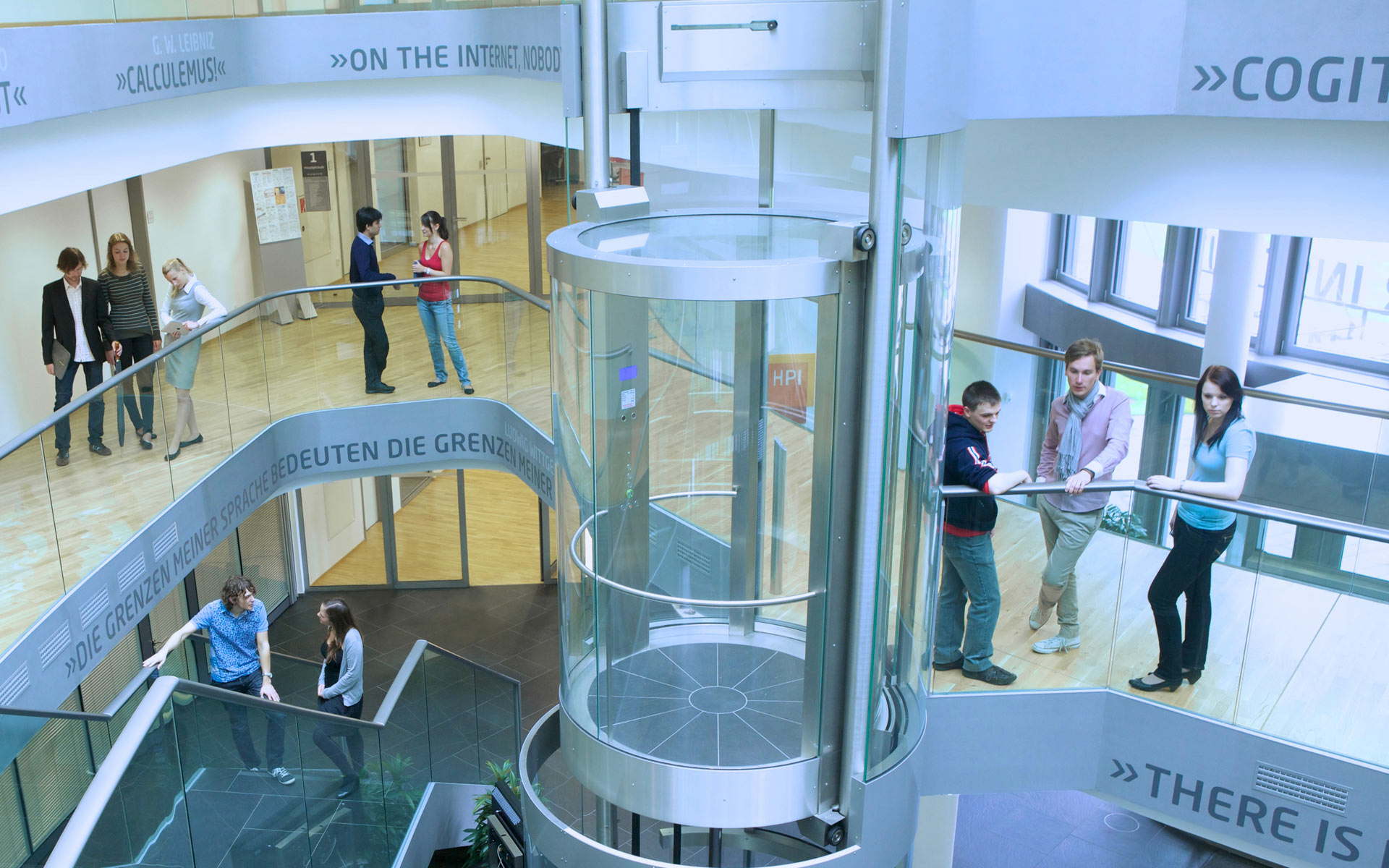Gerardo Vitagliano had successfully defended his Ph.D. dissertation on December 14th, 2023 at the HPI! His work is focused on the topic "Modeling the Structure of Tabular Files for Data Preparation".
Abstract
To manage tabular data files and leverage their content in a given downstream task, practitioners often design and execute complex transformation pipelines to prepare them. The complexity of such pipelines stems from different factors, including the nature of the preparation tasks, often exploratory or ad-hoc to specific datasets; the large repertory of tools, algorithms, and frameworks that practitioners need to master; and the volume, variety, and velocity of the files to be prepared. Metadata plays a fundamental role in reducing this complexity: characterizing a file assists end users in the design of data preprocessing pipelines, and furthermore paves the way for suggestion, automation, and optimization of data preparation tasks.
Previous research in the areas of data profiling, data integration, and data cleaning, has focused on extracting and characterizing metadata regarding the content of tabular data files, i.e., about the records and attributes of tables. Content metadata are useful for the latter stages of a preprocessing pipeline, e.g., error correction, duplicate detection, or value normalization, but they require a properly formed tabular input. Therefore, these metadata are not relevant for the early stages of a preparation pipeline, i.e., to correctly parse tables out of files. In this dissertation, we turn our focus to what we call the structure of a tabular data file, i.e., the set of characters within a file that do not represent data values but are required to parse and understand the content of the file. We provide three different approaches to represent file structure, an explicit representation based on context-free grammars; an implicit representation based on file-wise similarity; and a learned representation based on machine learning.

